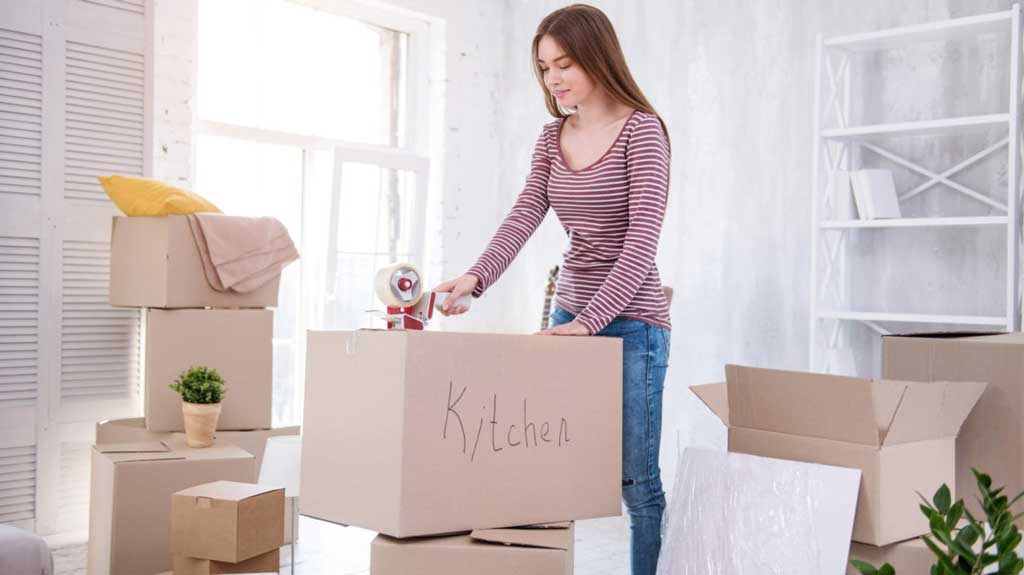The kitchen is one of the trickiest areas of the house to pack during a move. There are so many dishes, appliances, and utensils, and more often than not, any number of random Tupperware containers shoved everywhere.
But packing your kitchen can be easier with our list of tips for packing up your kitchen for a move. Take a look at our ideas below for inspiration.
Our Kitchen-Packing Tips
Our suggestions are just that: suggestions. Use them however you see fit, rearrange the order, or modify how you follow a step. There isn’t necessarily one right or wrong way to pack up a kitchen, but these tips should get you started.
1. Start With an Evaluation
Pull everything out. Take stock of what you have. You’ve likely gathered a great deal throughout the years that you didn’t realize you have and might not even want anymore. So evaluate what you have before you start the packing process.
2. Determine What is Essential and What Is Not
After pulling everything out, make a few different piles:
- One for trash
- One for items to keep
- One for items you’d like to donate
This is a great way to start your packing process because you can eliminate whatever you won’t use. The fewer items you have to pack, the quicker this whole process will go.
3. Organize Your Materials
Once you’ve determined what you’re going to pack, it’s time to acquire the materials you’ll need. Packing your kitchen is especially tricky because most of the items are irregularly shaped. Check your basement or garage for the original boxes that products came in. You should also invest in packing tape and bubble wrap or something similar for more delicate items.
4. Prepare To Pack
As you gather your materials and organize your kitchen items, keep track of what you’ll still need to use until moving day. You don’t want to be left without any dishes, utensils, or appliances for meals you still need to prepare and eat. You can leave out any such essentials and have a plan to pack them up the day of your move.

5. Tackle the Appliances
If you still have the original packaging for your appliances, that’s a great place to start. Make sure to remove any small or delicate pieces from your appliances before packing them. If you need help remembering how to reassemble appliances, find or print out the owner’s manual and pack that in the same box.
6. Pack the Dinnerware and Silverware
You’ll want to use plenty of padding and protection for the dinnerware and silverware. We suggest layering the bottom of your boxes with padding before you start putting items in. Add padding to each layer as you stack plates or bowls on top of one another. Wrap extremely delicate items up individually and make sure they are padded nicely. Silverware can be wrapped up together, based on the type (fork, spoon, knife, etc.).
7. Box the Pots and Pans
Pots and pans are difficult to pack due to their strange shapes and weight distributions. We recommend using a pan-to-handle system, stacking each pot and pan in reverse order, to make the most use of available space.
8. Choose Tote Bags for Food
Going through the pantry is going to be a big task in and of itself. Once again, it’s a great opportunity to purge and get rid of items you don’t need or want to bring with you. After you’ve gotten rid of such items, you can move on to packing up the remaining food. You can always donate things you don’t want. For the items you do want, tote bags are a great packing option.
Get Help Moving Your Kitchen With Colonial Van Lines
Contact Colonial Van Lines to learn more about our professional packing services and how we can make your move to your new place easier, faster, and more efficient.

